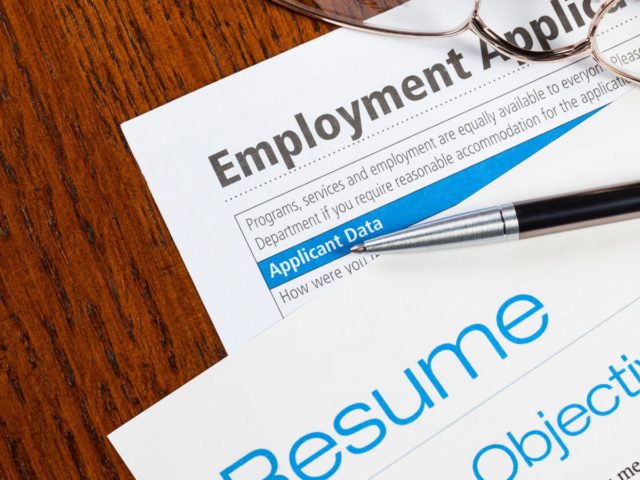Feeling the virtual meeting brain-drain? Get smarter about virtual teamwork with these four tips from Microsoft WorkLab.
2020 was the year of meeting overload with much of the workforce transitioning from in-office collaboration to working from home and collaborating virtually. Having a calendar full of calls and video conferences is not just draining, it can also take away from the valuable time teams could be getting work done instead of talking about work to be done.
Microsoft, with its vast customer data, has been studying how people work and collaborate. What the research says: There are ways to meet less often and still feel engaged and informed.
Let’s commit to making 2021 the year of working smarter, with more intentional meetings. Here’s how you & your team can make it happen:
Tip #1: Ask yourself, is a meeting necessary to get this work done?
If it seems like you’re in more meetings than ever, that’s because you are. According to a Microsoft study of Microsoft Teams activity, between February and August 2020 there was a 55% increase in the number of calls per week. As a result of the shift to remote work due to COVID-19, more meetings were added in an attempt to keep teams connected, but ultimately, this shift was unsustainable.
What’s become abundantly clear for many working from home for the past year: work doesn’t always hinge on a meeting. Collaboration can be accomplished without the need for a video call. Sharing documents for collaboration, communication via chat, utilizing planners and workflow modules, and more can allow for more fluid and ongoing collaboration – and can free up time for the real work to get done.
The best way to let go of attachment to meetings? Encourage your teams to keep asking the question, “Do we have to have this meeting?” Consistently ask yourself if there are other avenues that can move a project forward.
Tip #2: Be intentional about time
If you’ve found yourself distracted and unfocused during a long meeting, you’re not alone. Research from Microsoft’s Human Factors Labs suggests that after 30-40 minutes of concentration, fatigue starts to set in.
When possible, try to cap meetings at 25 or 50 minutes, so people have time to have a break or stretch their legs between meetings. In some calendars, like Outlook, you can set this as a default. If a long meeting is necessary, plan in spots for 5-minute breaks. Give yourself & others a chance to recharge!
Tip #3: Trade large meetings for a more meaningful one-on-one
In a Microsoft Harris Poll of people in six different countries, almost 60% of those surveyed feel less connected to their colleagues since transitioning to remote work. That may seem counter-intuitive given the increase in virtual meetings, but what virtual meetings don’t guarantee is a chance for information interactions and connecting with your colleagues.
Light-hearted office chatter creates trust and goodwill and builds a sense of connection. That sense of connection, according to Microsoft Senior Research Economist Sonia Jaffe, is associated with a range of benefits, including job satisfaction and better overall health.
So instead of cutting right to the chase, allow for a few minutes of genuine connection when you meet one-on-one with your teams. At Green Key Resources, we’ve found that a few minutes of chatter rarely take away from the overall productivity of a meeting and has allowed our teams to feel connected, despite not being in our offices together for the last year.
Find opportunities to check in with the people you collaborate with outside of a typical meeting. And don’t forget to reach out to the new employees who were onboarded virtually and haven’t yet experienced your company’s watercooler chatter. Bring your new hires into the fold now so when you’re all back in the office – or in a hybrid work structure – they already feel like part of the team.
Tip #4: Set boundaries
It can be tempting to accept meetings after hours or skip a lunch break when you no longer have a separation between office and home. However, boundaries are essential in this era of meeting and chat overload. Set hard stops – and stick to them – when it comes to meetings, work hours, and the work itself.
Want more help with creating a culture of intentional meetings? Download Microsoft’s Intentional Meetings Checklist to help train your people, and yourself, how to form a better virtual meeting culture.
Photo by Chris Montgomery on Unsplash




